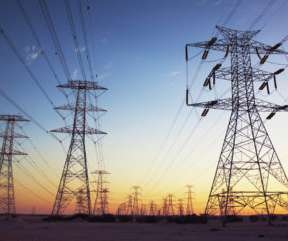12 Legal Tools to Push Climate Preparedness
Law Columbia
DECEMBER 5, 2019
This blog is based on a talk given to the Climate Change: Response and Resilience Leadership Forum at Columbia University on November 20, 2019, sponsored by RenaissanceRe. Here are twelve ways the law can help society cope with these impacts.

















Let's personalize your content